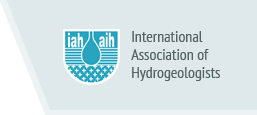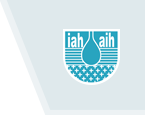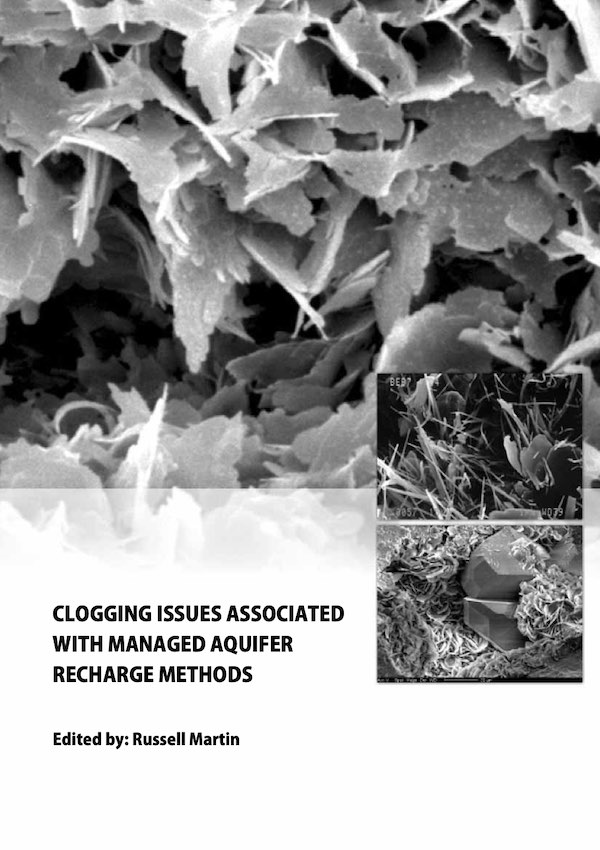Working Group: Clogging and its management
Leader
Russell Martin (Wallbridge Gilbert Aztec Pty Ltd), South Australia: rmartin@wga.com.au
Aims
To produce a 2nd clogging monograph ideally ready for ISMAR10, Madrid May 2019. The main focus of this on methods to manage clogging in MAR operations. Papers are invited to form chapters within this monograph. This applies to infiltration systems and well injection. As a related objective, papers are needed to help move towards standardization of methods to predict clogging for different source water treatment processes for a particular soil or aquifer. Papers particularly welcome on:
- Low cost low tech applications to reduce/manage clogging
- MAR clogging indicators
- Case studies on clogging during MAR
As a 2nd option it may be possible to assemble and synthesise clogging presentations from previous ISMAR proceedings and other relevant conferences.
Timeframe
Second monograph aimed for 2019. Papers are sought now. Please contact Russell directly to contribute.
Achievements
First monograph produced 2010-2013. This monograph is 212 pages and the linked file (PDF) is 10MB. Contents list is given below.
Click clogging_monograph to download 10MB file free.
Contents
Introduction (R .Martin) – p.4
Overview of clogging processes during managed aquifer recharge
Clogging in Managed Aquifer Recharge: Flow, Geochemistry and Clay Colloids (D. Mays) – p.14
Clogging studies laboratory column experiments – p.25
Reclaimed Water for Aquifer Storage and Recovery: A Column Study of Well Clogging (S. Rinck-Pfeiffer, P. Dillon, S. Ragusa, J. Hutson, H. Fallowfield, G. de Marsily and P. Pavelic) – p. 26
Potential for Injection Well Clogging in an Anoxic Sandstone Aquifer Receiving Fresh, Deoxygenated but Chlorinated Injectant (J Vandersalm, C. Smitt, K. Barry, P. Dillon, S.Davidge, D. Gornall, H.Seear, and D. Ife) – p.34
Porous Media Filter Test in Order to Prevent Well Clogging during Groundwater Reinjection due to Ferrous and Ferric Mineral Precipitation (R. Ruemenapp, C. Hartwig, S. Akhatar and M. Nishigaki) – p.50
Laboratory Experiments in Porous Media in Order to Predict Particle Remobilization (C. Hartwig, M Nishigaki, T. Takuya and R Ruemenapp) – p.65
Clogging associated with infiltration basins – p.76
Soil Clogging Phenomena in Vertical Flow (A. Benamar) – p.77
Evaluation of Potential Gas Clogging Associated with Managed Aquifer Recharge from a Spreading Basin, Southwestern Utah, USA (V. Heilweil and T Marston) – p.84
Clogging Phenomena Related to Surface Water Recharge Facilities (A. Hutchison, M. Milczarek and M. Banerjee) – p.95
Surface Spreading Recharge Facility Clogging ‒ The Orange County Water District Experience (A.Hutchison, D. Phipps, G. Rodriquez, G. Woodside and M. Milczarek) – p.107
Practical Criteria in the Design and Maintenance of MAR Facilities in Order to Minimise Clogging Impacts Obtained from Two Different Operative Sites in Spain (A. E. Fernandez Escalante) – p.119
Clogging associated with well injection – p.155
Application of Large Scale Managed Aquifer Recharge in Mine Water Management, Cloudbreak Mine, Western Australia (B. Willis-Jones and I. Brandes de Roos) – p.156
Clogging of Deep Well Infiltration Recharge Systems in the Netherlands (B. Gonzalez) – p.163
Case Study: Recharge of Potable and Tertiary-treated Wastewater into a Deep, Confined Sandstone Aquifer in Perth, Western Australia (K. Johnston, M. Martin and S. Higginson) – p.174
Domestic Scale Rainwater ASR Observations of Clogging and Effectiveness of its Management (K. Barry, P Dillon and P. Pavelic) -p.184
Characterisation of Clogging during Urban Stormwater Aquifer Storage and Recovery Operations in a low Permeability Fractured Rock Aquifer (D. Page and P. Dillon) – p.193
Identification and Management of Clogging in a Fractured Rock Aquifer during ASR Operations (R. Martin) – p.200
Clogging rehabilitation and remediation methods – p.206
Clogging Remediation Methods to Restore Well Injection Capacity (R. Martin) – p.207
(this last chapter (1.3MB) is also separately downloadable here )
Foreword
Significant advances in the areas of geochemistry, microbiology and aquifer hydraulics regarding the science of recharge of water to aquifers has been made over the past decade. With the increased uptake of managed aquifer recharge as water resources management practice that can augment traditional water supplies, or address a variety of legacy issues associated with overuse, a greater appreciation of how complex the problems associated with aquifer recharge, and in particular clogging, is becoming apparent.
This monograph presents a collection of papers that highlight the work being carried out within this area. It is intended to raise the awareness of practitioners and operators alike of how clogging may impact a managed aquifer recharge scheme, but with the appropriate level of investigation, can be effectively managed.
A MAR scheme will invariably experience clogging of some type, and to some degree, during its operational life. To recognise the potential for clogging and employ the appropriate mitigation or remediation measures, either through engineering design or through operational management practices, requires specialist knowledge and skills. It should also be noted that remediation methods to address clogging are very site specific and what works in one hydrogeological setting may not always be successful in another location. Indeed remediation approaches may differ between injection bores across the same scheme. Effective management and remediation of clogging is assisted by the effective dissemination of information and learning from practitioners with considerable operational experience.
Clogging should not be used as a justification as to why a MAR scheme was unsuccessful in a particular hydrogeological setting. With the appropriate level of investigation, inclusive of detailed characterisation of the target aquifer, source water quality, receiving water quality and the implementation of effective operational practices, clogging can be managed. Where clogging does occur it can also be effectively mitigated using a variety of techniques.
This monograph is not complete and addresses only some of the clogging issues associated with both surface infiltration basins and injection via bores. It does not address potential clogging issues associated with some methods of MAR such as bank filtration. This monograph is available online and has been structured so that it can be easily added to. The intent is to continually build on our operating knowledge of clogging and remediation methods and I would encourage all hydrogeologists practicing in this specialist field to share their experiences regarding clogging by submitting a paper to myself for review and inclusion within future revisions of this monograph.
Russell R Martin
Citation for first monograph:
Martin R (ed.) (2013) Clogging issues associated with managed aquifer recharge methods. IAH Commission on Managing Aquifer Recharge. https://recharge.iah.org/files/2015/03/Clogging_Monograph.pdf .
Example citation for a chapter in monograph:
Rinck-Pfeiffer S, Dillon P, Ragusa S, Hutson J, Fallowfield H, de Marsily G and Pavelic P. (2013) Reclaimed Water for Aquifer Storage and Recovery: A Column Study of Well Clogging. In: Martin R (ed.) Clogging issues associated with managed aquifer recharge methods. IAH Commission on Managing Aquifer Recharge. 26–33. https://recharge.iah.org/files/2015/03/Clogging_Monograph.pdf



